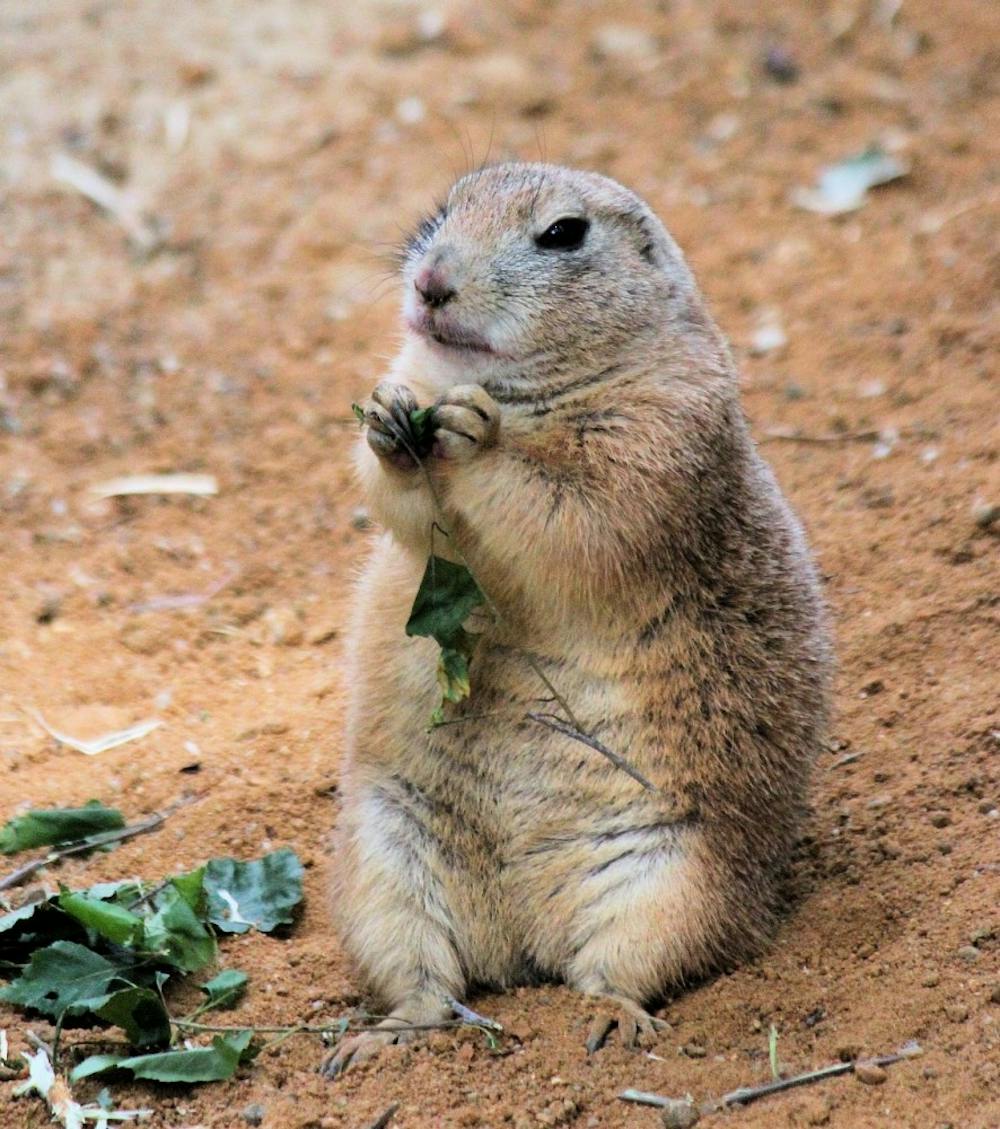When Charles Darwin observed the wide variety of species in the Galápagos Islands, he may have been unknowingly contributing to it. A new study in Aquatic Invasions shows that 10 times more non-native aquatic species are present on the islands than previously thought.
These species may threaten the animals and plants native to the area by preying upon them or by competing for the same resources.
Greg Ruiz, a marine biologist, and James Carlton, a former professor of marine science, deployed a wide variety of tactics for this study. They combed through historical archives to track records of certain groups of animals, and tracked their appearance in different islands in the Atlantic to determine if they seemed native to the Galápagos or if they’d spread across the Atlantic Ocean.
This also helped them determine if organisms were spreading through human action, or otherwise migrating naturally — organisms that jumped large distances were likely introduced by humans, while organisms with a slow, clear trail of migration likely moved on their own.
Additionally, Carlton and Ruiz deployed settlement plates suspended one meter deep from three different docks on the coasts of the Galápagos Islands. The plates were upside down and parallel to the bottom of the ocean. This allowed small animals, specifically invertebrates, to gather on the plate over time for shelter.
Some of the plates were covered with mesh to protect the invertebrates from predators, while others remained exposed. Some plates were left in the area for 14 months, while other plates were added later and retrieved after only three months. The team also collected samples from mangrove roots, dock pilings and even from small wood bores created by wood-boring creatures.
Carlton and Ruiz found 53 nonnative marine invertebrates, including mussels, corals, crabs, flies, seaweeds and more. They also discovered 33 species of cryptogenic species, which are species that don’t have a clear origin.
Of the nonnative species, only five were previously known to be nonnative. In other words, scientists were unaware to what extent the islands were being influenced by organisms from other ecosystems. Additionally, they discovered 30 new species of organisms. Another 17 species were known to live on the islands, but scientists had thought they were native to the area.
The team also tried to discover how non-native species were making their way to the islands. They estimated that 92 percent of the organisms were introduced by ships passing through the area. Organisms or their eggs can easily be transported in ballast, or water held in unloaded ships to help them sit in the water properly. Alternatively, organisms can be transported in the fouling, or the scum that builds up on the exterior of a ship.
Some of these creatures live in wood, which means that they could have arrived with Darwin on his ship, the HMS Beagle. Carlton and Ruiz believe that three species may have arrived on cargo ships after World War II. Only one of the species, the mangrove crab, was known to be directly released into the Galápagos Islands.
Non-native species may wreak havoc on the local flora and fauna, no matter where the animal is released. These are referred to as invasive species. For example, an invasive fungus has rendered 90 species of frogs extinct worldwide in the past 20 years. Black rats, native to Southeast Asia, spread worldwide and helped carry the Black Plague that decimated Europe in the 14th century. Even friendly house cats let outside to hunt or that run feral are invasive, contribute to the decline and extinction of many varieties of birds. Animals native to the area often are unable to protect themselves against invasive species, or otherwise lose in the competition for resources.
Natalie Moss, an undergraduate bioscience researcher, knows the devastation that invasive species can bring. Moss lives in the Chihuahuan Desert in Texas and Mexico, which is the home to the Mexican prairie dog.
“There’s a widespread feral cat population that’s killing all the prairie dogs,” Moss said.
Prairie dog burrows help aerate the soil and provide nesting spaces for other animals. Without prairie dogs, the entire ecosystem is in a state of collapse.
Carlton and Ruiz are also concerned about the rate that non-native species are being introduced to the Galápagos Islands. They discovered that more non-native species had entered the Galápagos than other places, like the Hawaiian Islands. However, they’re unsure why; the Galápagos have stringent biosecurity protocols in place to prevent the introduction of new organisms.
Perhaps those protocols need to be strengthened to protect the area. For now, however, the pair believe they’ve uncovered the tip of an iceberg; while they’ve just started their work on marine life, there’s no telling how many invaders on land or on sea they have yet to discover.





